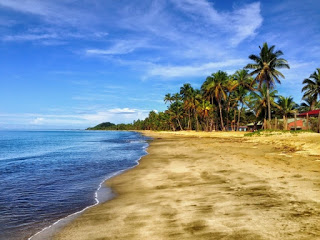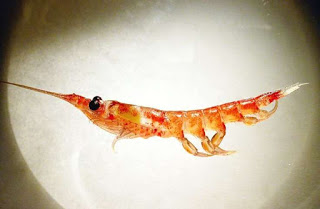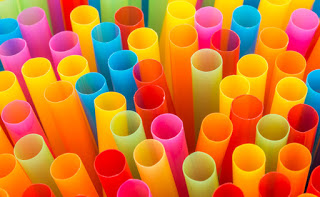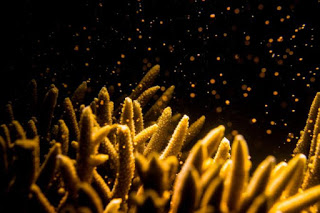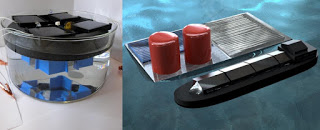Read More…
—————————————————
———————————————–
3. Conservation Study Uses Tiny Treadmills to Test Sea Turtle Hatchling Stamina
———————————————–
4. A Solution to Straw Pollution: Edible Straws
———————————————–
5. Largest Coral Sperm Bank Located in Australia
———————————————–
6. Floating Solar Cells Turn Ocean Water and Sunlight into Clean Energy
New solar fuel rigs, which produce hydrogen fuel from seawater and sunlight, may help curb the greenhouse gas emissions created by traditional hydrogen fuel processing. The solar fuel rigs do not take up space on land and do not use freshwater like regular hydrogen fuel synthesis. “Electricity generated from sunlight, hence the solar cells, tips off the process of electrolysis, which then separates hydrogen and oxygen from each other in water molecules. The oxygen is released into the atmosphere while hydrogen is captured for creating fuel.”
Read More…
———————————————–
Be sure to “LIKE” http://facebook.com/SeaSave to ensure our “Week in Review” is delivered to your newsfeed every Friday.
Sea Save Foundation is committed to raising awareness of marine conservation. The Week in Review is a team effort produced by the Sea Save staff to provide a weekly summary of the latest in marine research, policy, and news.

